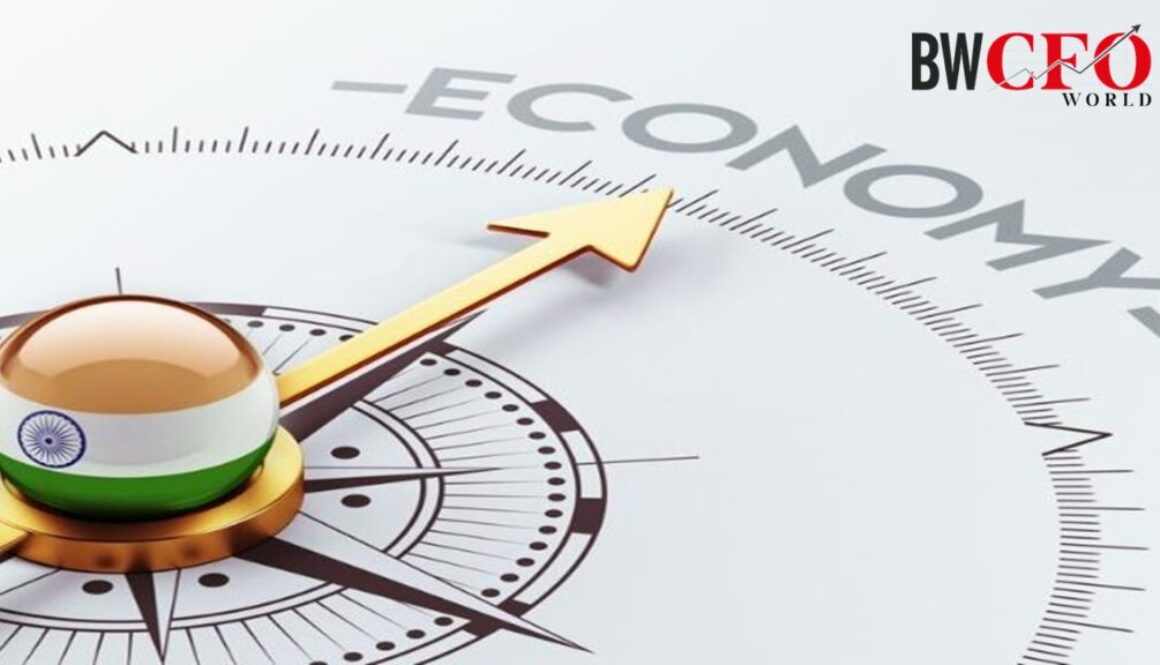CFOs Reviewing Capex Plans Amid Global Growth Worries
The RBI is cutting down its growth forecast 7 per cent from its previous projection of 7.2 per cent for the current financial year. CFOs hold back further in the wake of slowing global growth.
With the continuing rise in interest rates in current year finance leaders in companies are reviewing their capital investments. The global demand environment too looks increasingly uncertain.
Reserve Bank of India (RBI) increased repo rates by 50 basis points, reaching to 5.9 per cent, in the last week. Since May 2022, rates have been hiked by 190 basis points to subdue inflation.
The RBI is cutting down its growth forecast 7 per cent from its previous projection of 7.2 per cent for the current financial year. CFOs hold back further in the wake of slowing global growth.
“Due to uncertain market environment capex hardly grew. We held back in the first quarter of this financial year. We will see how the demand plays out in the current and in the subsequent quarters as well. Inflation is still continuing to remain high, and most probably that interest rates will flatten in the near term. That is why we will keep on reviewing our investment plan,” said a CFO of large auto component maker with capex plans of around Rs 2,500 crore this fiscal.
JSW Steel being India’s top steel manufacturer, cut down its FY23 capex to Rs 15,000 crore from a budgeted Rs 20,000 earlier. However, Tata Steel being another leading steelmaker, is still moving forward with its Rs 12,000 crore FY23 outlay.
“Big corporates already have enough liquidity, hence yet to come to the markets or approach banks for further money requirements,” CFO Venkatraman Venkateswaran, Federal Bank said.
Bharat Madan, Global CFO at Escorts Kubota, has apprehensions over the investments and demand in agriculture and construction machinery sector. He believes it may get impacted if interest rates go beyond 6.5 per cent.
Investments due to festive demand
Due to festive demand, the investments are holding up enough however, surety of holding the momentum would require a couple of more quarters. The wait-and-watch approach will continue, said financial leaders.
“Major impact of the rate hikes is not foreseen as of now.Demand for the coming two quarters looks extremely strong. However global scenarios will keep on changing and what implications leave on India needs to be seen,” said Raymond CFO Amit Agarwal, emphasizing that the consumption is festive season driven now.
An improvement in seasonally adjusted capacity utilization of the manufacturing sector is seen from 73 per cent in Q4 FY22 to 74.3 per cent in Q1FY23. It is the highest level in three years according to a survey by RBI.
“There is a sustained revival in urban demand which should get a further impetus from the unfettered celebration of upcoming festivals after two and half years of living with COVID-19. Rural demand is also gaining gradually. Investment demand is picking up and is evident from the robust growth of domestic production and import of capital goods in July and August,” said RBI Governor Shaktikanta Das during his address during the latest monetary policy meeting.
Rates and Inflation:
RBI expects inflation to come down to 5.0 per cent in Q1FY24 after it retained its FY23 retail inflation outlook at 6.7 per cent.
Allowing high inflation to hover will invariably trigger second-order effects and unsettle expectations, Governor said. The Reserve Bank will remain alert and agile in the future, he concluded.
A major tool for the apex bank for its monetary policy decisions, Retail inflation, stood at 7 per cent going above its 6 per cent upper band target in August. For eight straight months Inflation has breached the RBI’s target.
Interest rates have been increasing worldwide including in India. The US Federal Reserve raised rates by 75 basis points at its 20-21 September meeting. It took the federal funds rate to a target range of 3-3.25 per cent. The Fed is planning to increase the rates to 4.25-4.5 per cent by the end of this year. Expectedly, emerging markets’ central banks including India’s RBI will follow the same lines.

